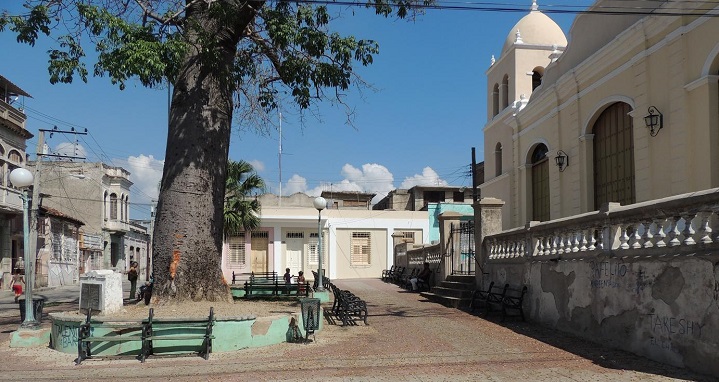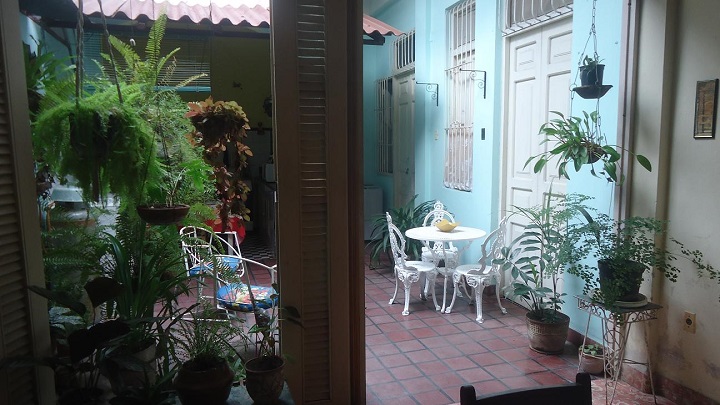|
|
|
 Orestes adds: "Our casa is located in a quiet area, within the Historical Center . It faces a small square with its large Ceiba (kapok tree), symbol of Cuban religious syncretism, worshipped with rites and offerings; it dates back to the middle of the 18th century and was the inspiration for the name of our hostel. Orestes adds: "Our casa is located in a quiet area, within the Historical Center . It faces a small square with its large Ceiba (kapok tree), symbol of Cuban religious syncretism, worshipped with rites and offerings; it dates back to the middle of the 18th century and was the inspiration for the name of our hostel.From the small park, our guests can enjoy the architecture of buildings dating from colonial or eclectical origins, among them one of the oldest church in Latin America (1730), a jewel of the historical heritage and admired by both faithful and atheists: The Santísima Trinidad Church. Our neighbourhood is quite near commercial, cultural, and social activities." |
|
| "Despite the proximity to the center (10-15 minutes walk), the casa is in a relatively quiet residential environment. Orestes and Aurora are very nice and helpful hosts with great advice. Orestes showed us on our map how to get to the main attractions. Bedrooms were very clean and well furnished. In the small courtyard in front of the rooms you can sit quite comfortably. Delicious and plentiful breakfasts. Restaurante Aurora (same family) across the park is highly recommended. Thank you for a lovely stay! Would gladly come again!" Stephi W on tripad, April 2015 Tripad |
|
 |
|


